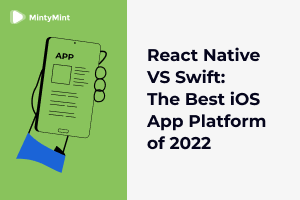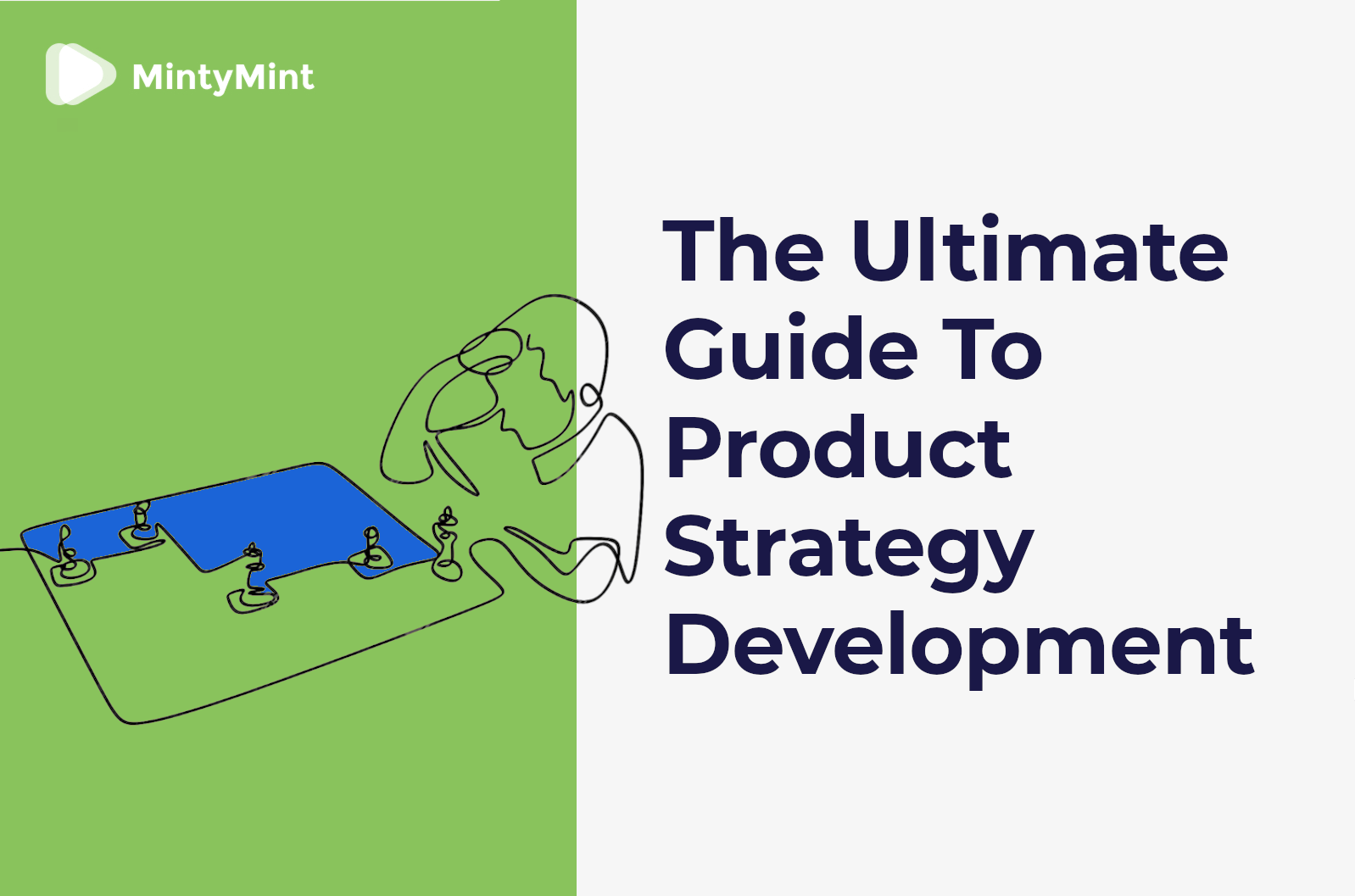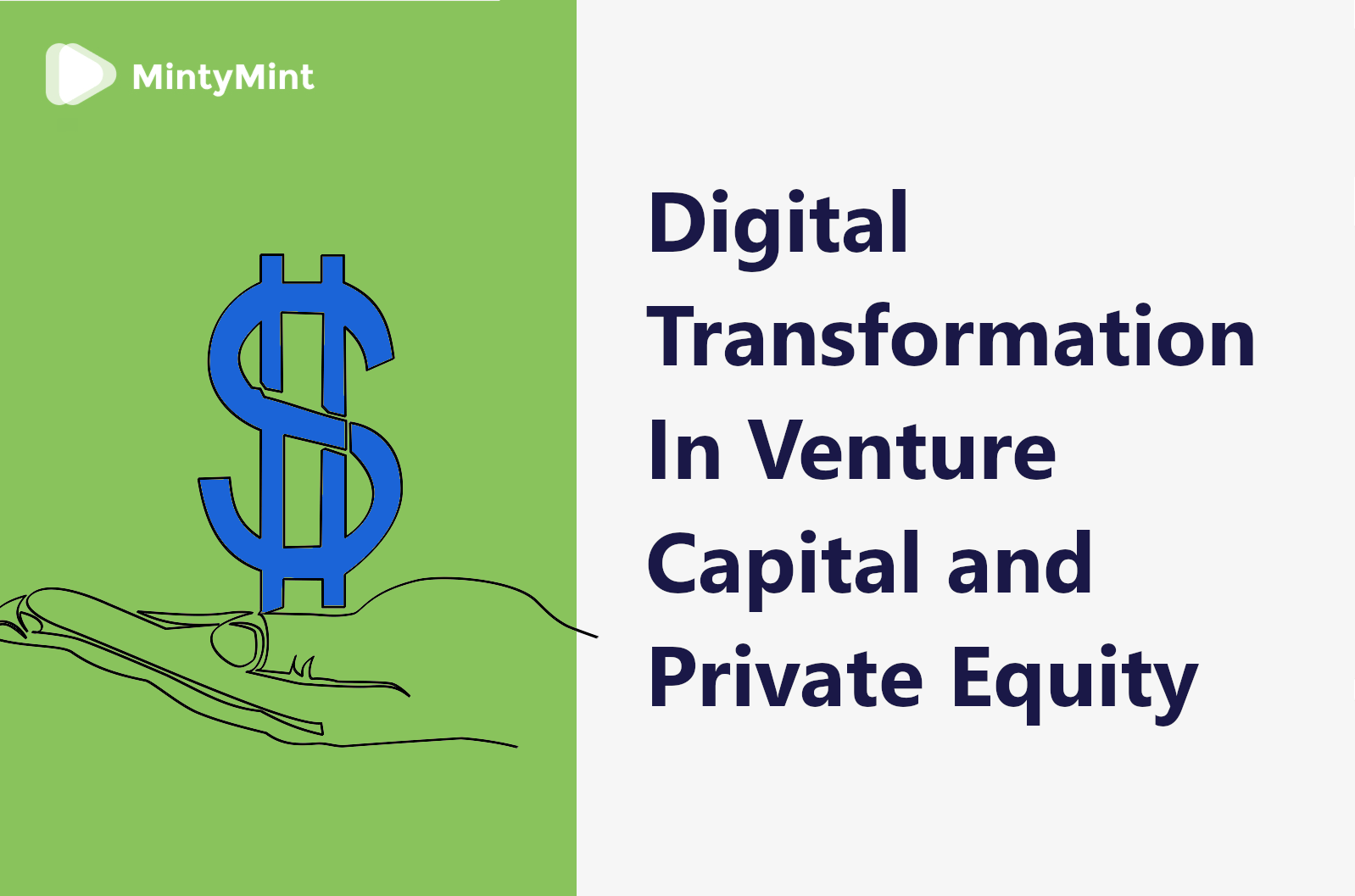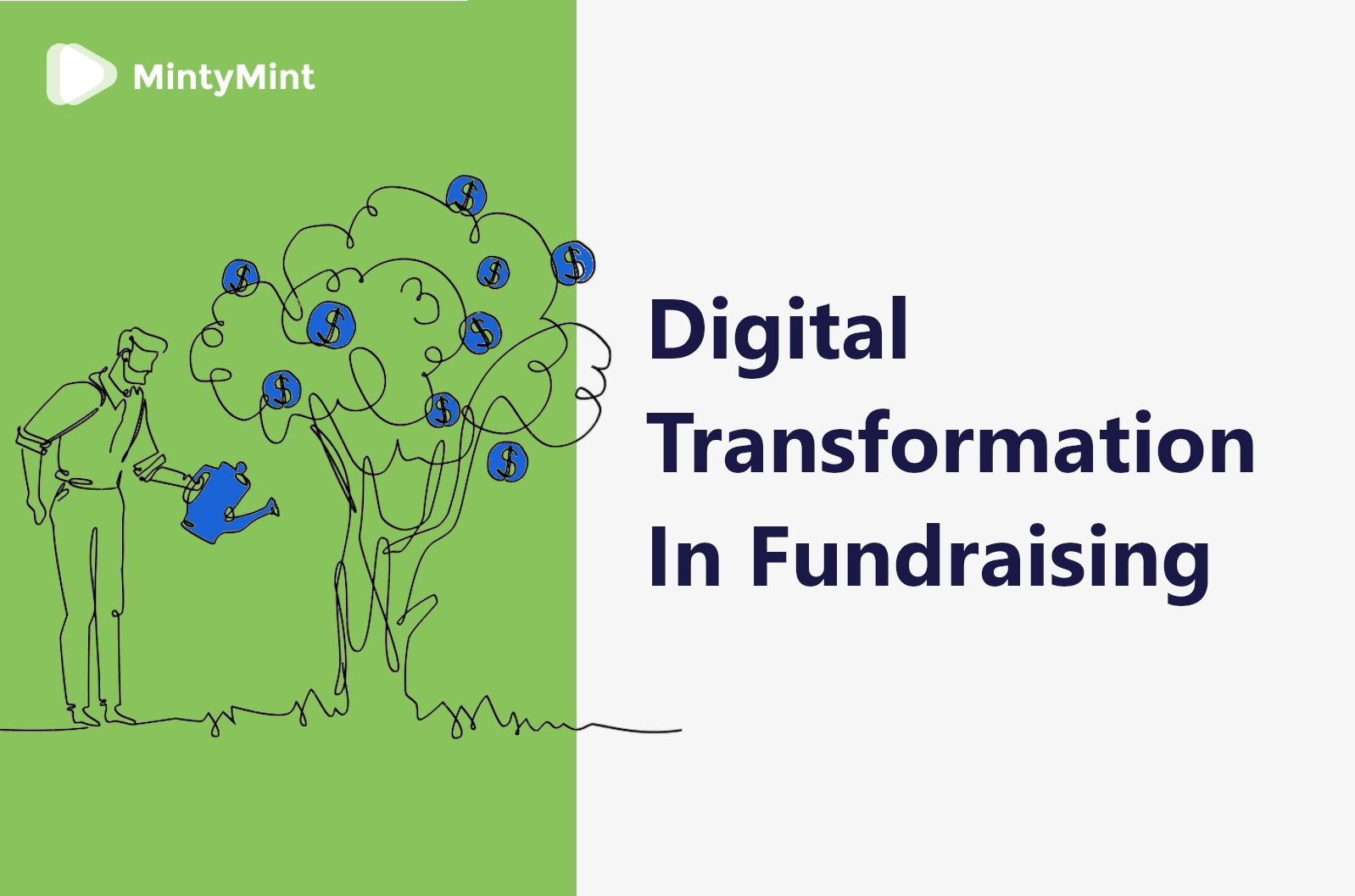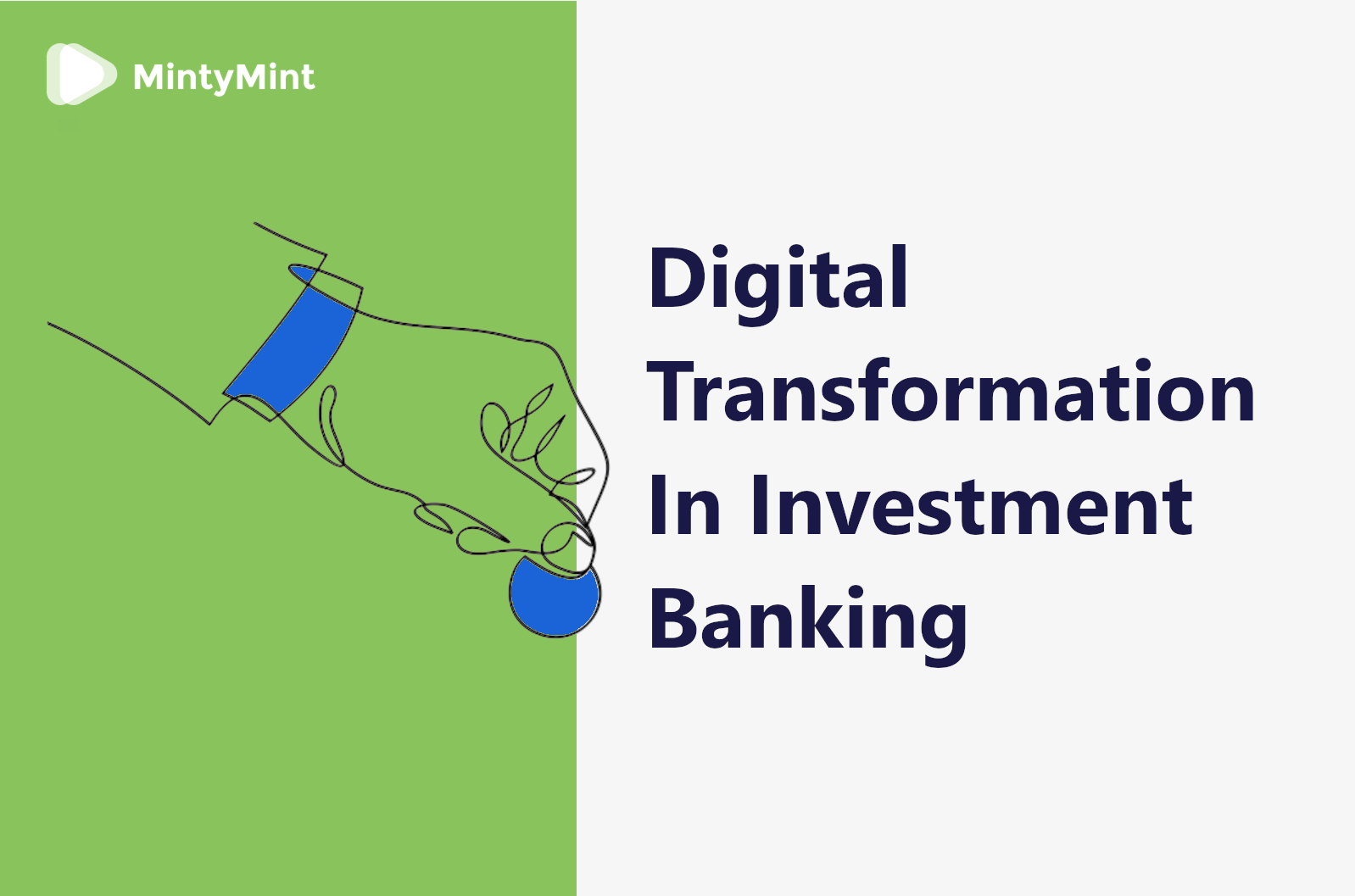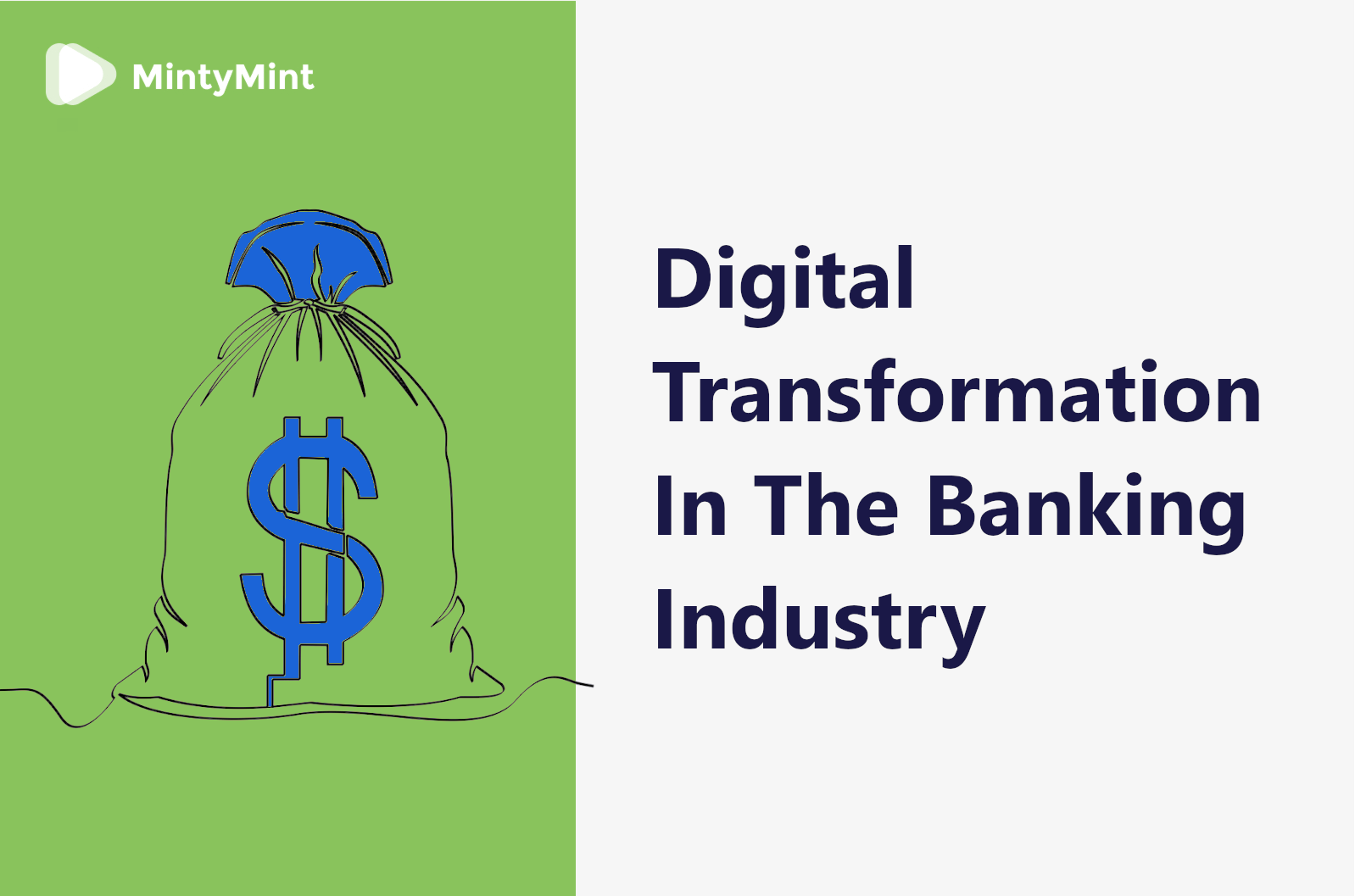A startup is always more than just an idea, it’s also a lot of time and effort, dedication, focus, and of course – funding.
Over 60% of all startups need external investments. For example, the average cost of developing a platform in the US reaches $75 000, which is not affordable for most startup owners. Raising the money, you have to understand the difference between different funding rounds, as well as investor types.
Startup funding rounds
First of all, you can’t just get plenty of cash or a business loan and feel set and happy for good, although it sounds attractive, right?
You have to go through a number of funding rounds and prove that your idea deserves the money, meeting different goals and challenges every time. Each round is designed to raise enough capital to grow further and can take as long as a year. However, many entrepreneurs rush things down to a 6 or even 3 months timeframe.

Based on the raising purpose, startup funding rounds are divided into the following stages:
- pre-seed/seed;
- series A, B, & C;
- and IPO.
Seed stage funding
Pre-seed funding is when founders are trying to give their idea the initial push and often invest their own money.
It is followed by the Seed stage, where founders attract so-called angel investors. These people provide funds for further research, testing market needs, hiring a team, and production start.
At the seed stage, tech startups can aim at anywhere between $500K and $2 million investments, depending on their needs and presentation. Investors are ready to take risks, and typically invest in a number of startups. Those that go through then receive additional capital.
Some of the well-known companies considered for this stage are Y Combinator, 500 startups, SV Angel, and Techstars.
Series A
Next comes round A. It is focused mainly on the startups that have a proven business model, decent customer base, and are already generating profit.
The investments at this stage can start from $3 million and require a specific strategy to reach higher ROI. Typical investors here are venture capital firms that ask startups to show real data and progress received from previous investments. They want to see the startup turning into a valuable money-making machine ready to scale and get to the next level.
Series B
Round B helps startups turn into enterprises.
At this point, they’ve already matured, have a large user base, and are looking for VC-level participation. Investments at this stage can range anywhere around $10 million and up (Mixpanel raised $65 million series B). This stage is all about scaling up the team and exploring new markets.
Some of the biggest investors here are Accel, Insight Venture Capitals, and Sequoia Capital.
Series C
Moving to round C implies an even higher level of expansion.
The companies are already successful, value $100+ million, and are aiming to receive equal funding (again, Magic Leap has raised almost $1 billion). As one of the last funding stages, round C includes not only extending current project capabilities but creating new products. So, prepare to work with the largest VC firms and corporate-level investors that are far more demanding.
Companies at this stage are getting their exit strategies ready to smoothly approach IPO.
IPO
The final stage of a startups’ existence, initial public offering (IPO) is the process of opening a private company’s shares to the public.
This unlocks a vast amount of funding available on the public market along with a new level of transparency. However, it also means additional complexity because now you have to deal with shareholders in addition to investors. Such relationships require a lot of effort and you can expect it to be challenging and expensive.

Fundraising for a startup requires a lot of time and a good strategy to reach the goal. Understanding each of the rounds will give you an advantage over competitors that simply look for any investment passing by.
Startup funding sources
As a startup founder or CEO, you should have a clear idea about the investment types before actually raising the money.
In this regard, there are 7 main options:
#1 Bootstrapping
Also known as self-funding. Perfect for early stages when you are just getting started and have enough money to cover the current needs: that is developing a business plan and creating a proof concept. These two elements become your main assets for acquiring future investments and the expenses are comparably small to cover from your own pocket.
The advantage of bootstrapping is that you get tied to the business spending your own money which is appreciated by investors in later stages. However, this is not an option for the startups that need money from day one or large businesses.
#2 Crowdfunding
Internet capabilities are unlimited. Crowdfunding has become a popular way of raising money as it doesn’t need much to get going. The opposite of a traditional business route, here people “pre-order” your product before you even started building it. You then use the money raised for the actual product development.
Small investments from a number of people on Kickstarter or Indiegogo can make a good starting point for your startup. All you need is to convince people with your business plan, a prototype, or a video where you describe your goals, timelines, and milestones. While there is always a risk of your idea getting stolen, this is still a great way to market your product.
#3 Incubators and accelerators
Accelerators and incubators can be a great option for early-stage startups. Run by VCs, government firms, and universities, they can be found in most big cities, helping hundreds of small businesses every year. They aim at supporting a startup in its early stages through infrastructure, networking, marketing, and financial assistance.
Often used interchangeably, the two terms do differ in functions: incubators bring up startups like children from the very start to becoming a solid business, and accelerators help them scale up. Such programs have strong competition among applicants and take about half a year to help build good connections with mentors, investors, and other startups.

#4 Angel investors
Angel investors are individuals or groups of people that provide funds to promising startups in the early stages. Angel Investors are looking out for potential IT unicorns like Google and Alibaba and can mentor your business for good equity to compensate the risk (usually up to 30%).
These guys evaluate whether the product fits the market, as well as the technical team and the initial customers. Catching an angel investor and proving your startup’s potential is not easy: you have to prepare a rocking pitch, a flawless business plan, and a proof of concept before contacting AngelList investors in your product’s niche.
#5 Venture capital firms
This is where founders can make big bets. Venture capitals are professionally managed funds that invest in startups with huge potential and scalability. Their expertise and mentorship can lift growing small businesses that are already generating profits. However, VC investors usually plan to return their money within 3-5 years. So they would not be interested in startups that need more time to get to the market.
VCs look for companies with a good plan and a dedicated team that need strong mentorship and control. If that doesn’t seem comfortable to you, it may be not the best option for you.

#6 Bank loans
A bank loan is the most obvious funding option. Banks provide different kinds of loans to give entrepreneurs complete control over their business and help finance short-term operations. At that, bank loans require a lot of documentation, track record, and strict standards in addition to a detailed business plan. When considering this option, check the interest rates and collateral you can give in return.
As an alternative, you can consider getting a business card or applying for an SBA loan supported by the government. They work directly with banks to fund small entrepreneurs. A business loan can reach $50 000 which is usually enough for the pre-seed funding stage.
#7 Government programs
Compared to business loans, you don’t have to pay back for small federal grants that are primarily open to startups in science, technology, or health spheres. If your business involves any research, scientific, or environmental initiatives, government programs can cover some of your expenses (if not all).
There are also good chances of winning fundraising contests for startups in other fields. Not only does it encourage more entrepreneurs to set up their own businesses, but also provides media coverage for the contest winners, fueling publicity.
Crowdfunding and SBA microloans leave you more control over your business. If you aim at a greater amount of money, your needs can be met by angel investors, venture capitalists, and private firms. Almost all startups start from pre-seed and seed stages sponsored on their own. To raise more money, you have to give investors more than just an idea – a video presentation or an inspirational speech.
This “something” should be based on a convincing design prototype, a business plan, a proof of concept, or an MVP with the results of your work and prospects for future investments. These things are difficult to be handled on one’s own. so many startups opt for hiring either an in-house team or outsourced resources, depending on their needs. A development team enters the startup at the first stages and becomes a reliable partner helping to take the concept from a prototype design to a release-ready product.

Closing the deal
Now that you know whom to contact at each startup funding stage, it’s time to think about ways to convince investors to give you money.
Keep in mind that finding investors is a time-consuming process that requires your constant attention and daily follow-ups. Therefore, attend conferences, meetings, email, and call potentially interested investors, build relationships, and repeat.
In practice, you usually have but one shot to get your idea through to an investor. So, it is crucial to perfect your sales pitch.
Pitch deck
A pitch is… well, your pitch. It’s going to be the face of your idea which investors see, so make sure to create a good first impression.
Therefore:
- Keep it within 20 minutes;
- Create a presentation with up to 10 slides;
- Describe your goals in the first 30 seconds (start with the broad objective and move to details and steps of delivery);
- Stick to three bullets on each slide, each one should be concise and include specific details such as graphics, financial outlook, and future growth;
- Use storytelling and provide real-life testimonials;
- End presentation with a call to action;
- Leave some time for Q&As.
If the startup idea is great and your pitch nailed it, you are just one step away from success.
Negotiation
Even though your concept, pitch, and metrics really define a startup’s potential, at the end of the day investors give money to people, not ideas. So, the final step to you getting the funding is convincing the sponsors and negotiating the deal on mutually beenficial terms.
Here’s how you should approach it:
Preparation
Explain how investors can benefit from your idea. Provide exact numbers, graphics, and a clear business strategy. As people are usually not interested in giving money to startups with no potential, focus on your growth opportunities and plans.
Feedback
Listen to the investors’ concerns and explicitely answer their questions. Be transparent and clear when talking about potential business relationship and roles.
Compromise
If you are looking for large investments, you may have to give up some control over your business: prepare to sacrifice something to reach the goal.
Timeline
Make clear deadlines regarding your plans, from pitching to closing the deal. It will create a sense of urgency and help you get the investments faster.

On average, it can take you anywhere aroud three to six months from the initial pitch to the money landing in your bank account.
This process can be influenced by several factors: time of the year, market trends, your location, the strength of your data, your pitch and relationships with investors, the time a particular investor needs to make a decision, etc.
If you’ve spent over a year fundraising unsuccessfully, you are probably doing something wrong.
Common mistakes
There are five common mistakes startup owners do when raising funds:
Not filling the market need
If your idea is great, but you have no potential users that may need this product, investors will not consider it a good choice. Make sure you have some early users that prove the market need.
Forgetting about the product
If you and your co-founder spend all your time going to meetings with investors, you leave your product and team not progressing. So when you finally reach the investor you will have nothing to show up. Remember about perfecting your product while fundraising and divide responsibilities with your partners.
Changing your mind
Reacting to every piece of feedback from investors and changing your strategy according to their preferences, you may end up with nothing. For example, one investor may like the idea of a marketplace while another one thinks that mobile users are the future. You never know what is best, so just stick to what you think is right for your business and work around it.
Contacting investors indirectly
Always try to talk with investors, not their associates. Your mission is to give the impression that the train is leaving the station, it is accelerating and investors can either jump on it or miss it forever;
Jumping the gun
The biggest mistake startup owners make is celebrating the raised funds once the investor said yes. You can’t consider fundraising to be over until the money is in your bank account, no matter how many yes you received. If you don’t follow up investors every single day reminding about the deal, it may take ages until you get the money, if you get it at all.
Final word
Establishing a startup is always a risk. Focusing on the right investors, finding the right words for your sales pitch, and presenting a proof of concept created by the right team will help you go through different funding rounds and become a startup that not only survived but succeeded in a sea of competition.







